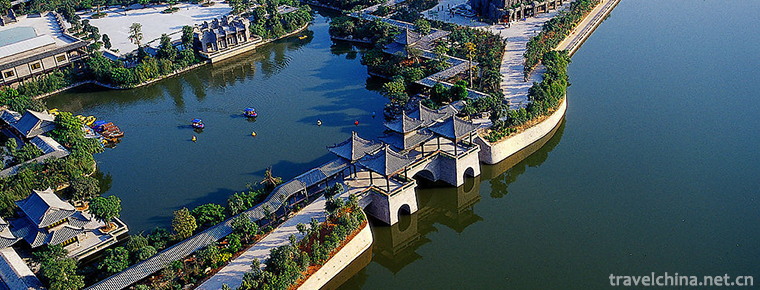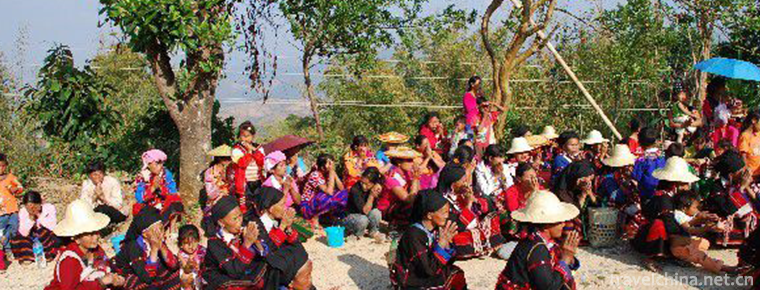Ali Mountain
Mount Alishan, located 75 km east of Jiayi City, Taiwan Province, is located at an altitude of 2,216 meters. Its coordinates are 23 degrees north and 31 minutes east, 120 degrees east and 48 minutes east. It is near the highest peak in Taiwan, Yushan. Because of the mild climate in the mountains, it is still refreshing and pleasant in midsummer, and the lush trees, it is the most ideal summer resort in Taiwan and a famous tourist attraction in Taiwan Province.
The Alishan and Yushan mountains are adjacent to Yushan Park. The average temperature is 10.6 degrees Celsius, 14.3 degrees in summer and 6.4 degrees in winter. Mount Alishan forest recreation area is located on the Jianan Plain to the west, Yunlin and Nantou counties to the north and Kaohsiung and Tainan counties to the south, with a total area of 1,400 hectares.
Alishan consists of eighteen high mountains, belonging to the branch of the Yushan Mountains, across the Chenyoulan River from the main peak of Yushan. Surrounded by mountains, mountains and emerald trees, towering trees. Legend has it that before, there was a Zou Chief Abari came here alone to hunt, full-loaded and often returned to bring people here, in honor of his name here. To understand the real culture and history of Alishan, we should go deep into the cultural tribes of the Suo people in Alishan. In the Cultural Park of the Suo people in Alishan, we will know the heroic Aboriginal people.
The Alishan Railway has a history of more than 70 years. It is one of the only three alpine railways in the world. It passes through four zones of heat, warmth, temperature and cold. The scenery is quite different. Taking a train is like staying in a nature museum. Especially the three spiral circles and the Z-shaped climbing of the first lane are more unforgettable experiences; Zhushan is the best place to watch the sunrise, to Zhushan can take a train or from the Telecommunications Bureau next to the stone road step by step, through the forest about 40 minutes to reach.
Alishan is a branch of the Yushan Mountains. It consists of 18 mountains, including Dawu Mountain, Jianshan Mountain, Zhushan Mountain and Tashan Mountain, which span Nantou and Jiayi counties. Alishan Forest Recreation Area is located in the east of Jiayi City, Taiwan Province, 75 kilometers, at an altitude of more than 2000 meters, coordinates for 23 degrees north latitude 31 minutes, 120 degrees east 48 minutes, east of the Yushan Mountains and Yushan Park adjacent, surrounded by high mountains, cool climate, the average temperature is 10.6 degrees Celsius, 14.3 degrees in summer, 6.4 degrees in winter. . The Alishan Forest Recreation Area is located in the Jianan Plain to the west, Yunlin and Nantou counties to the north, Kaohsiung and Tainan counties to the south, and all the Alishan Forest Recreation Areas belong to forest classes with a total area of 1,400 hectares.
The forests of Ali Mountain are abundant, ranging from Subtropical Broadleaf Forests to coniferous forests in the cold regions. 800 meters below the hill is a tropical forest, mainly composed of Acacia and Broussonetia papyrifera. Cinnamomum camphora, maple, Phoebe and species of the family are mainly warm zone forests. Around 1,800-3,000 meters of temperate forest facies, red birch, Taiwan platycladus, Taiwanese fir, hemlock and Pinus armandii known as the Alishan Five Trees in this large number of growth, Alishan Millennium Betula is the most dense colony in Taiwan, Alishan Alder is also divided into red and yellow Betula, of which yellow Betula is relatively rare. 3000~3500 meters are mainly fir trees in Taiwan.
Various forest formations have created a variety of animal habitats in the ecology, in birds, such as chestnut-backed forest owls, red rosary, scaly-breasted wrens and other high-altitude birds. There are also Taiwan macaques, red bellied squirrels, mountain Qiang *, Shan pig and other animals.
The main peak is more than 2600 meters above sea level and the East is near the highest peak in Taiwan, Yushan. Alishan, commonly known as the Alishan Mountains, is correctly said to be composed of eighteen mountains, covering the main mountain series of the Alishan Mountains. In terms of topography, the Alishan Mountains are the tributaries of the Yushan Mountains, separated by Nanzi Xianxi, Shali Xianxi and Yushan Group peaks at the saddle of Tata Jia. Ali Mountain is also a brilliant cherry forest. The cherry blossoms here are well-known at home and abroad. They are listed as the blossom season from February to April every year. Visitors to mountaineering and admiring cherry blossoms are endless.
The Alishan Mountains are a branch of the Yushan Mountains, facing the deep valley to the West and the Xiaota Mountains to the west, Zhushan to the East and Yushan to the high mountains across the Chenyulan River. In the north, the Alishan Mountains are as tall as the Chipped Tower Mountains. In the south, the Wanzishan Mountains, Shuishan Mountains and Shishan Mountains extend to the front of the Yushan Mountains. Although Alishan covers a large area, it is generally referred to as the Alishan Forest Recreation Area in the area of Marsh Park (altitude 2274 meters). Alishan landscape is diverse, spring can enjoy flowers, summer can shelter, autumn and winter sunrise, see the sea of clouds, all year round are considerable, alpine railways, forests, sea of clouds, sunrise and sunset, also known as Alishan Wuqi.
Alishan terrain fluctuates greatly because of its cool climate and surrounded by high mountains. The annual average temperature is about 10 degrees Celsius, the average minimum temperature is 8 degrees Celsius and the average maximum temperature is 15.7 degrees Celsius. Up. Also because of the high altitude and mountainous, Alishan area foggy days of 111 days throughout the year, the Japanese colonial era and once named the new Alishan "national" park. Once an important forest farm in Taiwan, Mount Alishan is now a well-known forest recreation area both at home and abroad. It is known as a summer resort because of its high topography, pleasant air and low summer temperatures.
In the Qing Dynasty, the records of Mount Luo County described Ali Mountain as "ten miles away from the county, and the mountains are wide and deep." The name of Ali Mountain is not clearly pointed out. According to the Japanese Abe Mingyi's book The Study of Taiwanese Place Names, the pronunciation of Zhuluopingpu people and Fengshan Pingpu people is similar. The Pingpu people in Fengshan call the birthplace of Alishan "Karii", which is spread to Zhuluopingpu people and is homonymously called "Arii".
In February 1899, a rumor was circulated about the Alishan cypress primitive forest in Shitian Changping County, Jiayi Office.
On June 12, 1900, the Japanese government sent Shigeru Ogasaki, Fujiro Ogasawa, Sanjiulo Oike, and Changping Ishida to investigate the Alishan forest. According to the investigation, about 300,000 primitive cypress forests were found throughout the Alishan Mountains, and the natural forest resources of the Alishan Mountains began to sprout. In November 1906, Ogasawara Fujiro discovered the Shenmu group, including today's Alishan sacred wood. In September 1945, the end of World War II, October 25 Taiwan recovered, Japan returned to Taiwan to China, Alishan Business District continued more than 30 years of logging, its natural red birch, flat cypress and other precious tree species have been almost cut down.
In 1963, in order to protect natural resources, the Forestry Bureau designated more than 39,600 hectares of "state-owned" forest land in Alishan and Yushan areas as "Alishan Forest Recreation Area" and formulated a plan for annual budget reconstruction and maintenance.
In 1975, the Taiwan provincial government renamed the "Ali Mountain Scenic Area" as "Ali Mountain Forest Recreation Area".
On March 1, 1976, the Taiwan authorities "Executive Yuan" approved the "Alishan Forest Recreation Area Plan" covering an area of 175 hectares. On November 9, the same year, a forest fire broke out in the Alishan Mountains, which destroyed most of the shops, houses and hotels in front of the Maoping Railway Station. In accordance with the approved plan of the Alishan Forest Recreation Area, the old communities in the fire-stricken areas were changed into "natural parks" (now the Plum Garden), and flowers and trees were planted extensively, and footpaths were built for public recreation. In accordance with the Alishan Rehabilitation Plan, the victims were relocated to the Fourth Avenue (today's Zhongzheng Village Shopping and Travelling Community, Zhongshan Village Residential District, etc.). Shops, hostels and houses were built by the Forestry Bureau, and then rented and resettled according to the provisions of the Alishan Rehabilitation and Rehabilitation Plan.
In 1995, the Taiwan Provincial Government approved the "Alishan Forest Recreation Area Plan" with an area of 1,400 hectares. The Jiayi Forest Area Management Office of the Forest Affairs Bureau is responsible for the management, management and service work.
In 1999, the Forestry Bureau was transferred to the "Agricultural Commission" and became the "central organ", still responsible for the management, planning and construction of Alishan Forest Recreation Area and tourist services, but the name was changed to "Alishan National Forest Recreation Area".
In July 2001, the Alishan National Forest Recreation Area was included in the Alishan National Scenic Area (the eighth place in Taiwan).
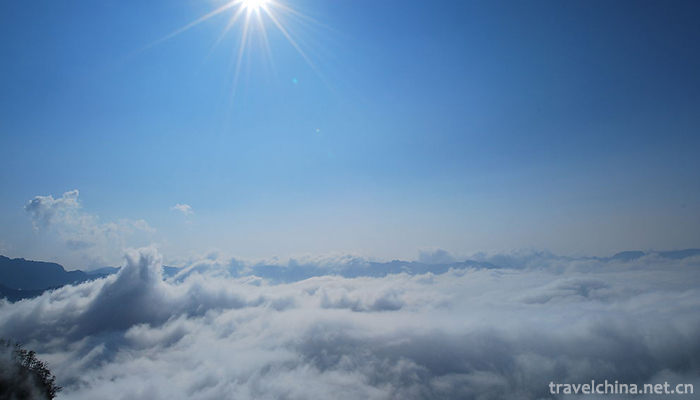
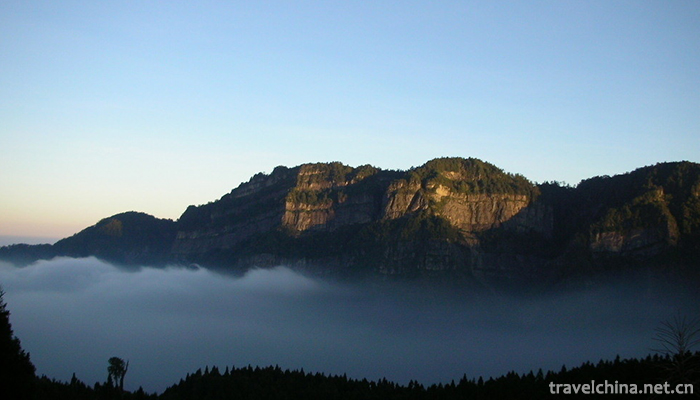
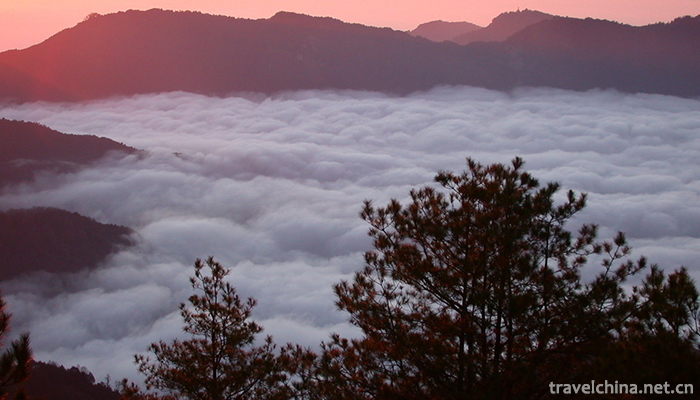
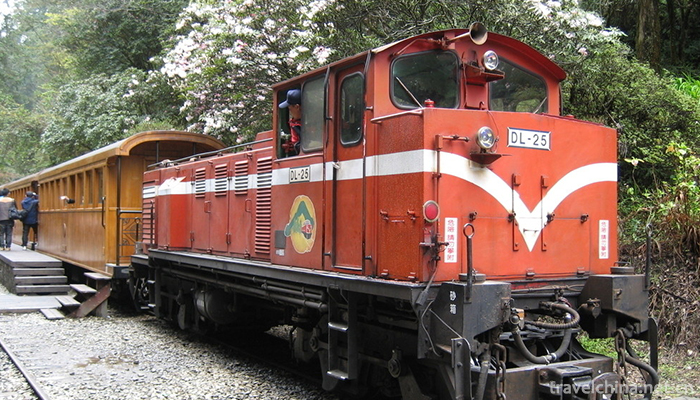
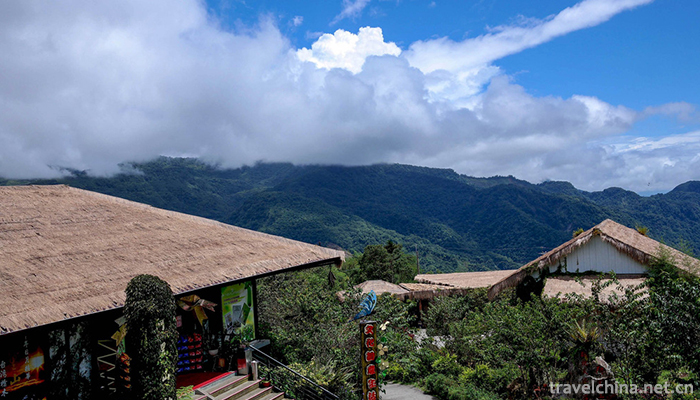
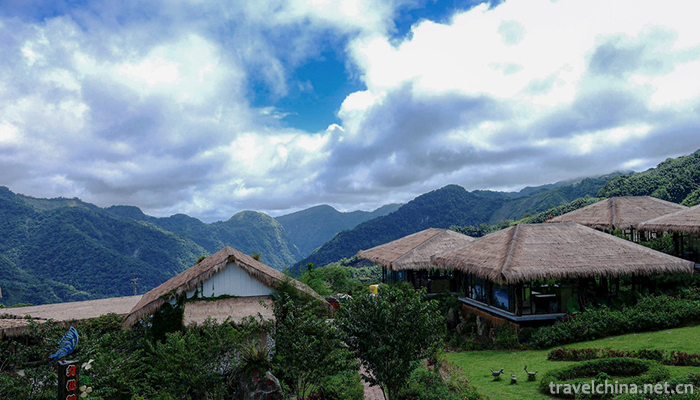
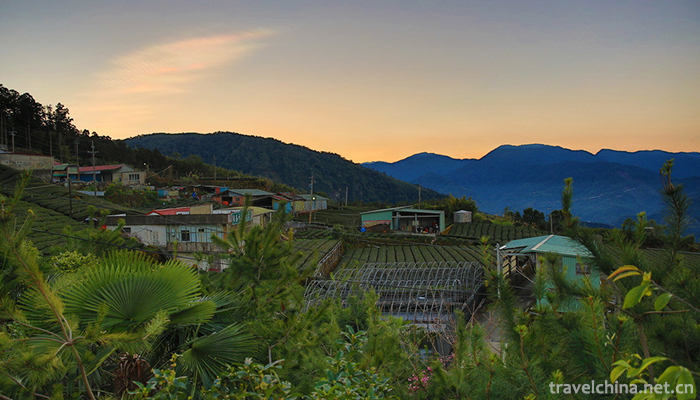
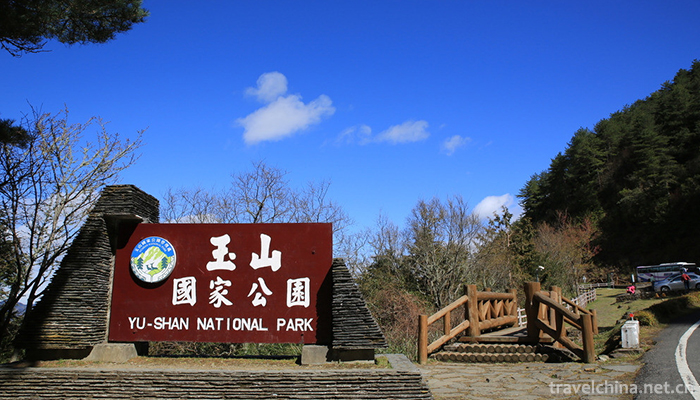
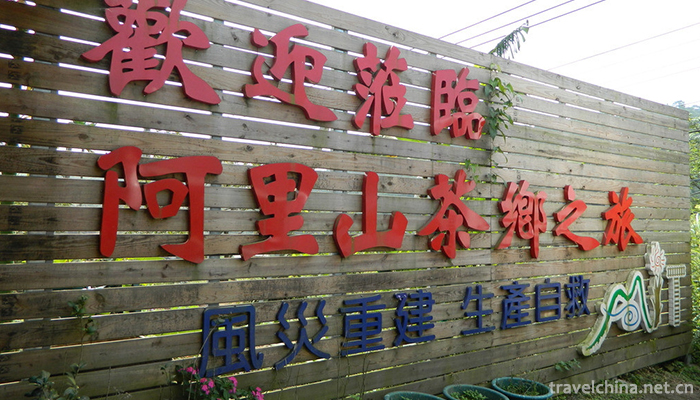

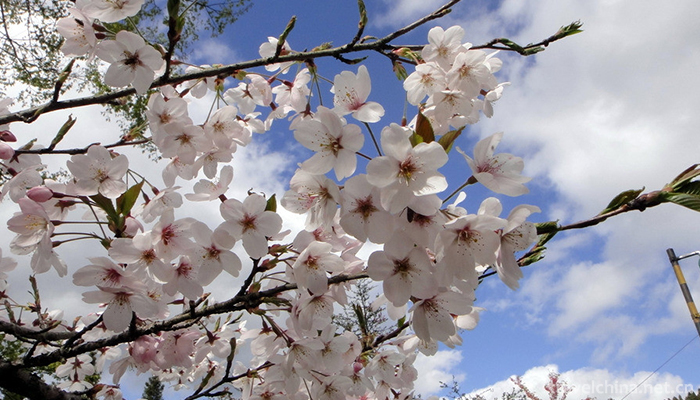
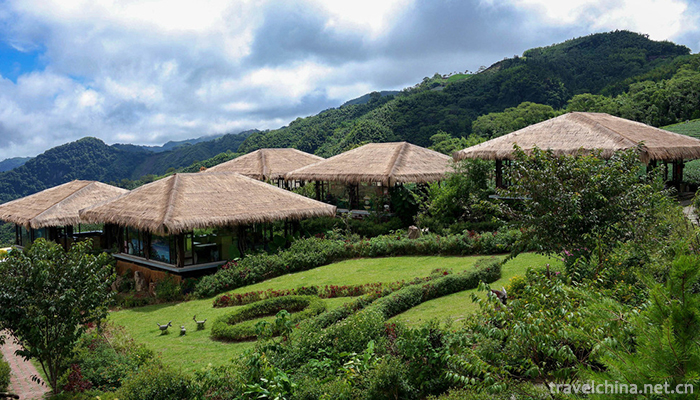
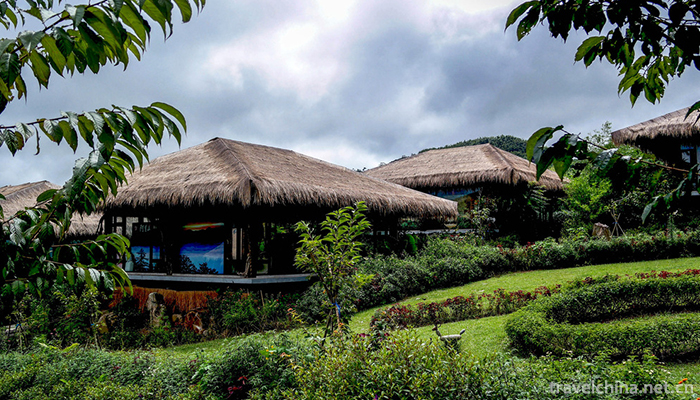
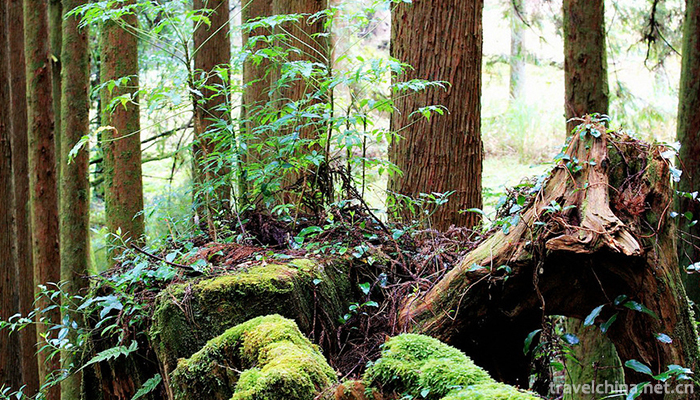

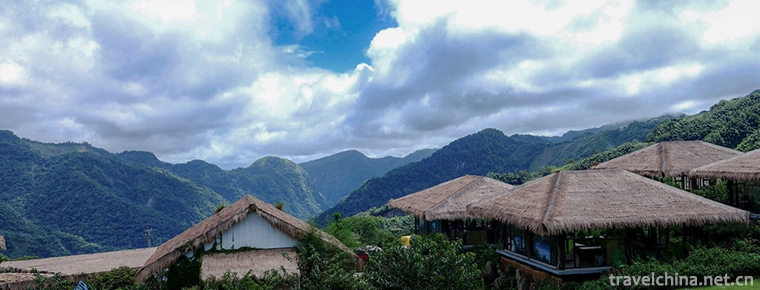
Ali Mountain
-
Zhou Qiao old street
Zhouqiao Old Street is a national AAAA tourist attraction. The old street of Ximen in Jiading is located on the west side of Bole Square in downtown Jiading
Views: 191 Time 2019-01-21 -
Yuehui Garden Scenic Spot
Yuehui Garden is a large private garden located in Dongguan, Guangdong Province. It is the representative of Lingnan Garden. There are 108 garden attractions such as buildings
Views: 175 Time 2019-03-09 -
De ang Watering Festival
The De'ang Water-Sprinkling Festival (also known as the Water-Sprinkling Festival) is held seven days after the Qingming Festival every year. It is a three-day commemorative event that combines the th
Views: 192 Time 2019-04-26 -
han opera
Guangdong Hanju Opera, formerly known as "Ran Tan", "Waijiang Opera" and "Xingmei Hanju Opera", is one of the Hakka Opera genres in Guangdong Province
Views: 163 Time 2019-05-01 -
Chord music
The mouth string is also known as the sounding strip, the strip spring and the mouth spring. It is a small musical instrument which is deeply loved by the minority compatriots. The content of playing
Views: 236 Time 2019-05-10 -
Lusheng music
Lusheng is one of the core musical instruments in Miao traditional music culture. In the long history of Miao music practice, its cultural function is not limited to universal musical instruments, bec
Views: 119 Time 2019-05-15 -
Lv Opera
Lv Opera, also known as masqueraded Yangqin and Qinxi Opera, National intangible cultural heritage, one of the eight major Chinese operas, Shandong's most representative local operas, is popular in mo
Views: 180 Time 2019-05-15 -
The Tu nationality in Yuqiu
Tu nationality, spread in Nianduyu Village, Tongren County, Qinghai Province, is a unique local folk culture form. It is held from November 5 to 20 of the lunar calendar every year. It includes ceremo
Views: 229 Time 2019-06-23 -
Wu Anpings tune
Wu'anping DiaoLaozi originated in the late Ming and early Qing Dynasty. Wu'anping DiaoLaozi and Wu'anluozi are two unique local operas in Wu'an City, Hebei Province. They are often performed together.
Views: 325 Time 2019-06-30 -
Yibin university
Yibin College is located in Yibin City, Sichuan Province, which is a famous national historical and cultural city. It is a full-time comprehensive undergraduate college with beautiful environment and
Views: 184 Time 2019-08-31 -
The announcer Ding Zhen will not be on duty until half a year later
On December 6, just after yesterday's live media broadcast, Ding Zhen met with more than 20 fans from all over the country to take photos at noon. Ding Zhen is no longer as shy and helpless as he was when he first met a stranger. After half a month's popularity,
Views: 127 Time 2020-12-06 -
Suining hydrology
There are many small and medium-sized rivers in Suining City. There are 15 rivers with drainage area of more than 100 square kilometers in Suining City, including Fujiang River, Qiongjiang River, Qijiang River, Zijiang River, Qinggang River and Pengxi River.
Views: 363 Time 2020-12-16

